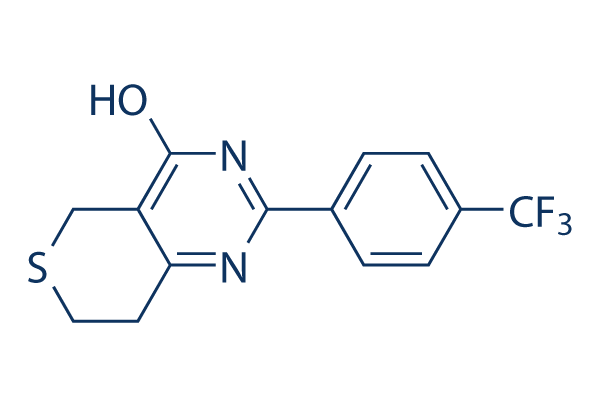Dysregulation of TLR4 signaling appears to be involved in many disorders, such as cerebral ischemia and stroke. Steady with these reviews, we observed that the infarct volume in TLR4 deficient mice handled with PCB153 NPs was signifi cantly decreased as in contrast to mice with normal expression growth of stroke, the pathology of ischemia reperfusion has a pretty solid inflammatory element. Consequently, inflammatory responses induced by PCB153 NPs in cerebral vessels are likely to be responsible for your improvement of enhanced brain infarct. BBB breakdown, as a consequence of disruption of TJs and infiltration with inflammatory cells, might be a different contributing issue on the progress within the brain damage following ischemia reperfusion and exposure to PCB153 NPs.
In summary, inhibitor Brefeldin A our examine demonstrates that publicity to PCB153 bound onto silica nanoparticles triggers TLR4 TRAF6 regulated inflammatory responses and alterations of TJ protein expression, which then contribute to enhanced brain damage following ischemia reperfusion. These results indicate an supplier RAD001 impor tant purpose for TLR4 signaling in PCB mediated cerebrovascular toxicity, suggesting that this signaling pathway could possibly be a probable target for therapeutic intervention in cerebrovascular disorders. Writer Contributions Conceived and constructed the experiments BZ SE SD MT. Carried out the experiments BZ JC. Analyzed the information BZ MT. Contributed reagents supplies evaluation resources BZ JC SE SD MT. Wrote the paper BZ JC SE SD MT. TLR4. Although various elements can contribute to the Introduction Mitochondria undergo fission and fusion under physiologic ailments to maintain optimal morphological characteristics essential to match ATP production to cellular requirements.
Keeping a balance concerning fission and fusion is vital in neurons simply because of higher neuronal vitality demand and lengthy mitochondrial transport distances specifically in motor neurons. Thus, in neural cells the stability shifts toward fission compared with non neural cells to be able to retain modest, tremendously motile mitochondria steady with want. We postulated that unique neuronal  needs necessitate a different mode of mitochondrial dynamics regulation compared with other cell forms particularly below tension ailments. The key proteins involved in fission fusion are dynamin connected protein one, mitofusin one, mitofusin two, and optic atrophy one protein. Dyna min associated protein one induces mitochondrial fission just after translo cating on the mitochondrial outer membrane and polymerizing and binding with fission protein one with Drp1 action regulated by post translational modificationssuch as phosphoryla tion. Past scientific studies have shown that mitochondrial fragmentation, in some instances thanks to increased exercise of fission proteins, is concerned in apoptotic cell death pathology, intensifying programmed cell death.
needs necessitate a different mode of mitochondrial dynamics regulation compared with other cell forms particularly below tension ailments. The key proteins involved in fission fusion are dynamin connected protein one, mitofusin one, mitofusin two, and optic atrophy one protein. Dyna min associated protein one induces mitochondrial fission just after translo cating on the mitochondrial outer membrane and polymerizing and binding with fission protein one with Drp1 action regulated by post translational modificationssuch as phosphoryla tion. Past scientific studies have shown that mitochondrial fragmentation, in some instances thanks to increased exercise of fission proteins, is concerned in apoptotic cell death pathology, intensifying programmed cell death.
Others signal
Common types of chemical bonds include ionic bonds, covalent bonds, and hydrogen bonds.
